After an initial startup pulse, I had to put the EWHADP on hold when I started teaching at Grand Valley (Fall of 2014). Emily Gilhooly, one of my undergraduate students at Grand Valley, worked on the project during the winter of 2015 and began the long process of updating the database by checking and re-coding every single entry. As I prepared to make the move to the University of South Carolina in the spring of 2015, I started a GoFundMe campaign to raise some cash to pay a research assistant to work on the project. Thanks to the generosity of several donors, that campaign was successful. With the hiring of USC graduate student Laura Clifford, the project was up and running again in the fall of 2015. While Laura made a lot of headway tracking down references and moving the database forward, however, she soon found a better long-term employment situation. So I hit the pause button again on the EWHADP.
The project stayed paused as I moved from the SCIAA building into my new lab space, worked my way through my first two years of teaching at South Carolina, and initiated some excavation fieldwork at a site on the Broad River. After that field school, I hired one of my students (Sam McDorman) to do the bulk of the basic laboratory processing of the materials we recovered. With the artifacts from 38FA608 washed and cataloged, I can start analysis. And I can move Sam on to another project: the EWHADP.
Of the $3400 in donated EWHADP funds that I came with, there was about $2870 left at the beginning of the semester. That money should be sufficient to get through at least 2.5 of the three goals I have:
1) assemble primary references for all information in the database;
2) check and re-code existing information in the database, supplying missing information and adding greater detail;
3) add new information to the database.
I don't expect to get through these goals quickly, but the wheels are now in motion again. The EWHADP is staffed, funded, and exists in a dedicated office space with room for files, books, piles of stuff, a scanner, and a computer. When the second goal is completed, you'll get an updated database that should be an order of magnitude better than the one that exists now. And then you'll start getting updates to the website as we begin adding in new information.
I'd like to again thank those that donated to this project and haven't questioned why it has periodically slowed down over the years: anyone who juggles knows that it's difficult to keep everything up in the air at all times. Your patience is appreciated. Thank you. And stay tuned.
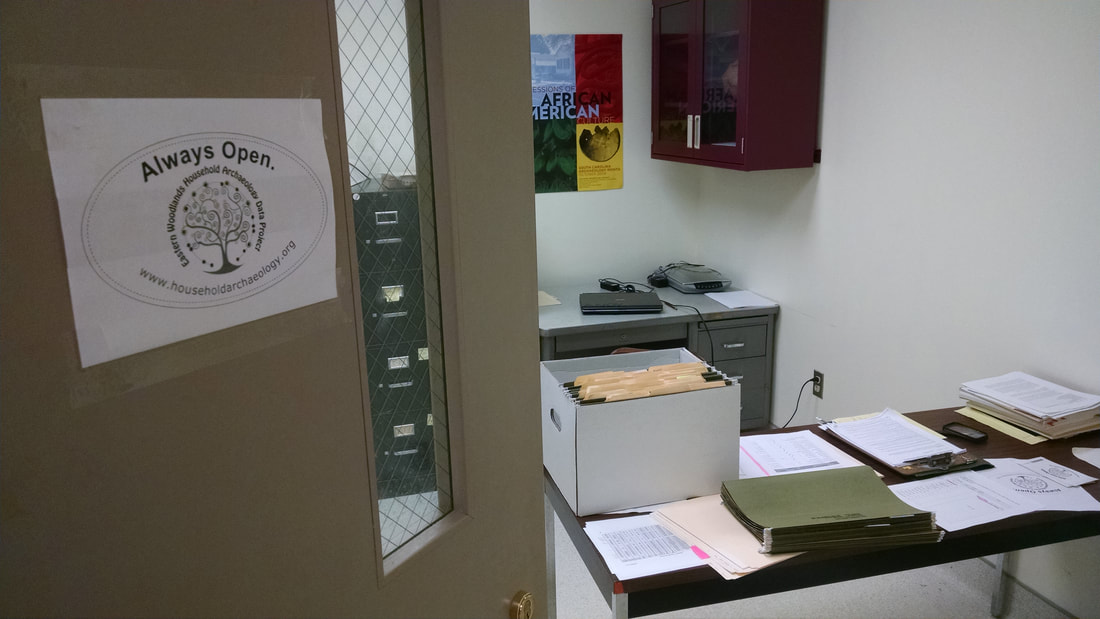
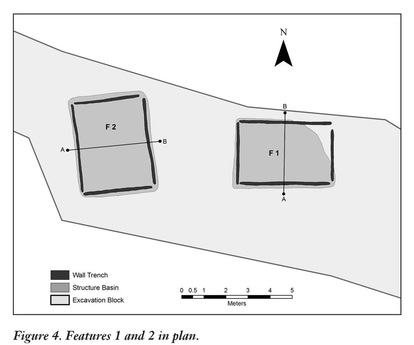
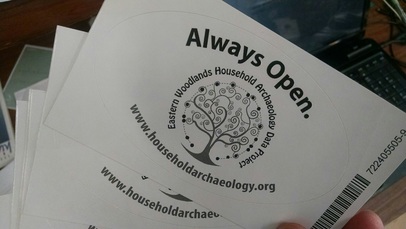
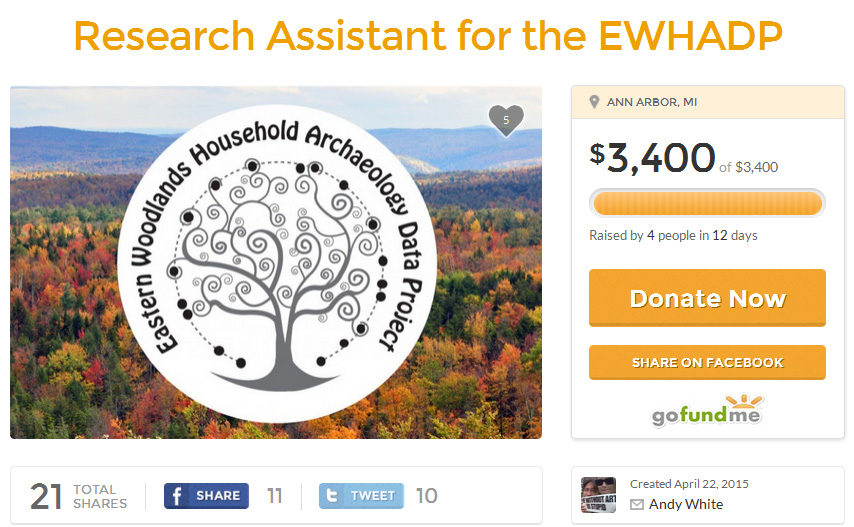
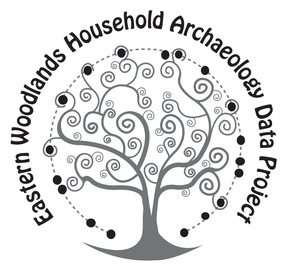
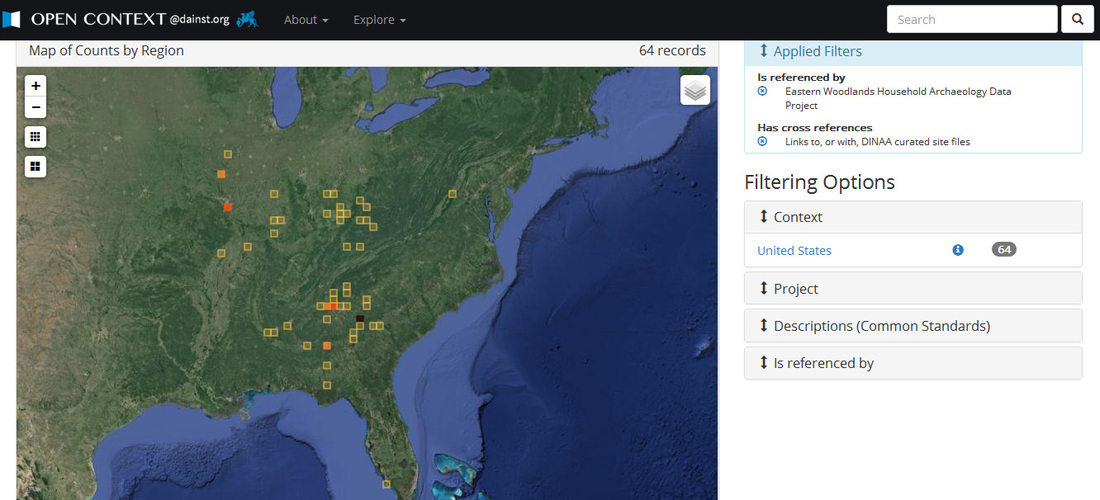
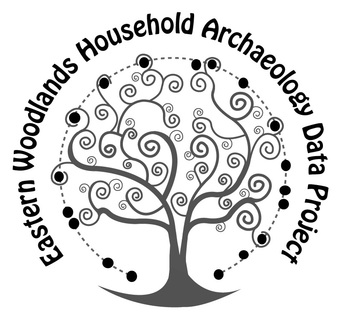
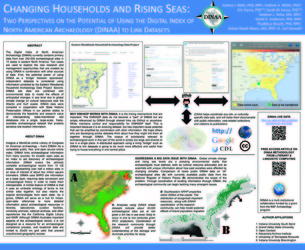
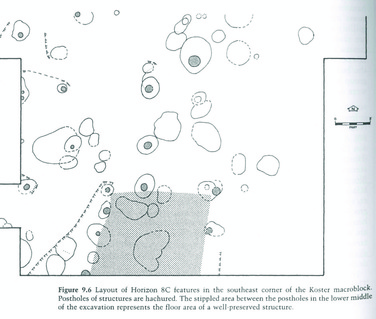
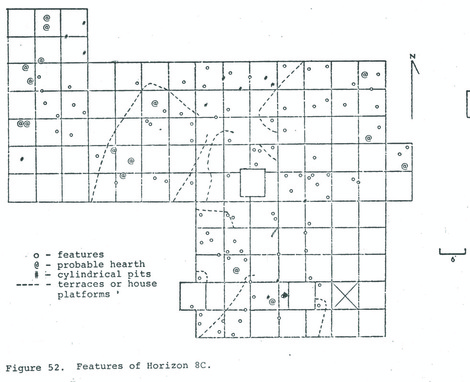
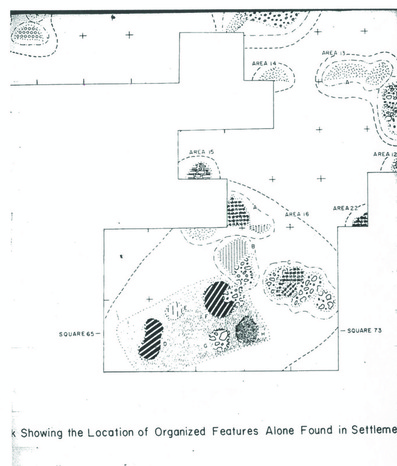
 RSS Feed
RSS Feed
